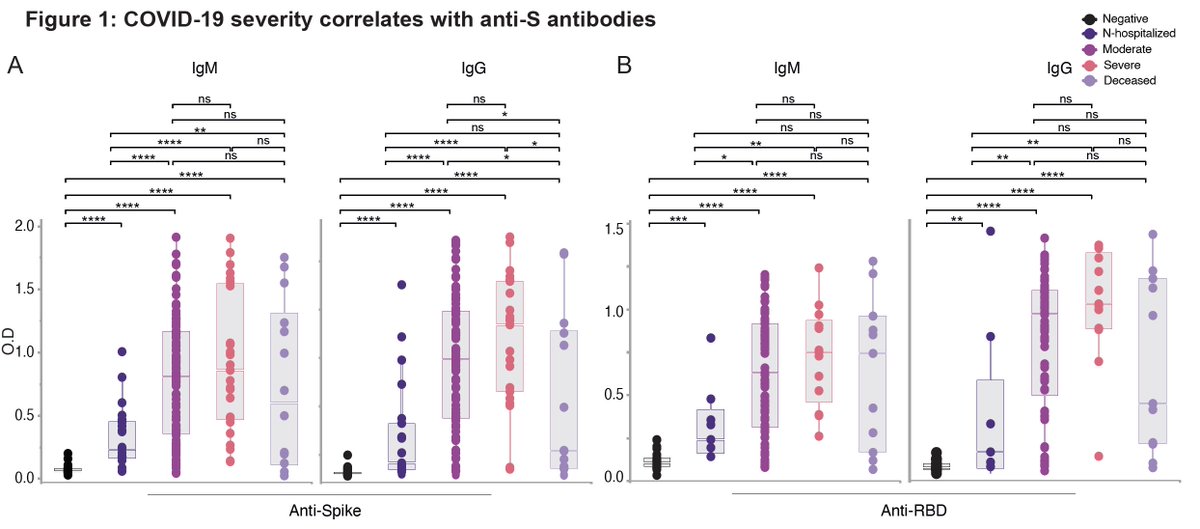
Top 10 most downloaded articles in 2020 includes our review in the @AnnualReviews Virology - “Seasonality of Respiratory Viral Infections” by @MiyuMoriyama et al! It’s free to download: arevie.ws/3aYt32Y
Here let’s highlight other relevant pieces on the same topic (1/n)
Here let’s highlight other relevant pieces on the same topic (1/n)
Just to recap, seasonal factors that drive respiratory tract viral infections are mainly these three;
1) ⬇️ Temperature
2) ⬇️ Humidity (esp. indoor)
3) ⬇️ Sunlight/Vitamin D
(2/n)
1) ⬇️ Temperature
2) ⬇️ Humidity (esp. indoor)
3) ⬇️ Sunlight/Vitamin D
(2/n)

A twitter thread that demonstrates the importance of humidity on antiviral defense through mucociliary clearance measured by @Ericsongg. (3/n)
https://twitter.com/VirusesImmunity/status/1320430656481120256?s=20
A related OpEd I was fortunate to coauthor with @linseymarr and @j_g_allen on fighting COVID with humidity.(4/n)
washingtonpost.com/opinions/2020/…
washingtonpost.com/opinions/2020/…
An awesome tweetorial by @linseymarr of how humidity impacts biological decay of airborne viruses. (5/n)
https://twitter.com/linseymarr/status/1343318611218345987?s=20
A great animation that explains how humidity fights against viral transmission and infection by @EdsardRavelli. (6/n)
https://twitter.com/VirusesImmunity/status/1346195254303739906?s=20
An elegant in vivo study demonstrating evidence for vitamin D3 supplementation in enhancing antiviral immunity in older adults by @Emma_S_Chambers & colleagues. (7/n)
https://twitter.com/VirusesImmunity/status/1347535265011798016?s=20
A computer simulation comparing viral spread at 10% vs. 60% relative humidity. 後半に日本語のコメンタリーあり。Love the bgm 🎶 (8/n).
I also recommend this very cool hypothesis piece by @anice_lowen and Peter Palese on the “Transmission of influenza virus in temperate zones is predominantly by aerosol, in the tropics by contact” (9/n)
ncbi.nlm.nih.gov/pmc/articles/P…
ncbi.nlm.nih.gov/pmc/articles/P…
In my lab, it all began with a study by the awesome @ellenfoxman in which she showed that cooler temperature dampens innate antiviral immune defense. pnas.org/content/112/3/…
Great write up by @carlzimmer in 2015. (10/n)
nytimes.com/2015/01/13/hea…
Great write up by @carlzimmer in 2015. (10/n)
nytimes.com/2015/01/13/hea…
Now I have to go get dinner ready. If anyone wants to add more resources to this thread on how seasonal factors influence respiratory viral infections, that would be great! Thank you 🙏🏼 (end)
• • •
Missing some Tweet in this thread? You can try to
force a refresh









